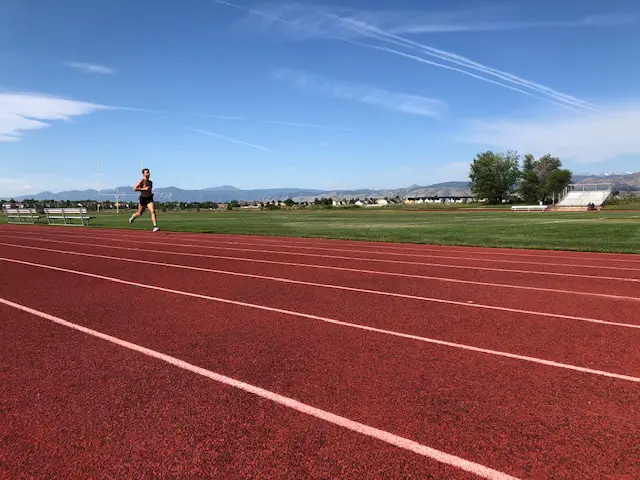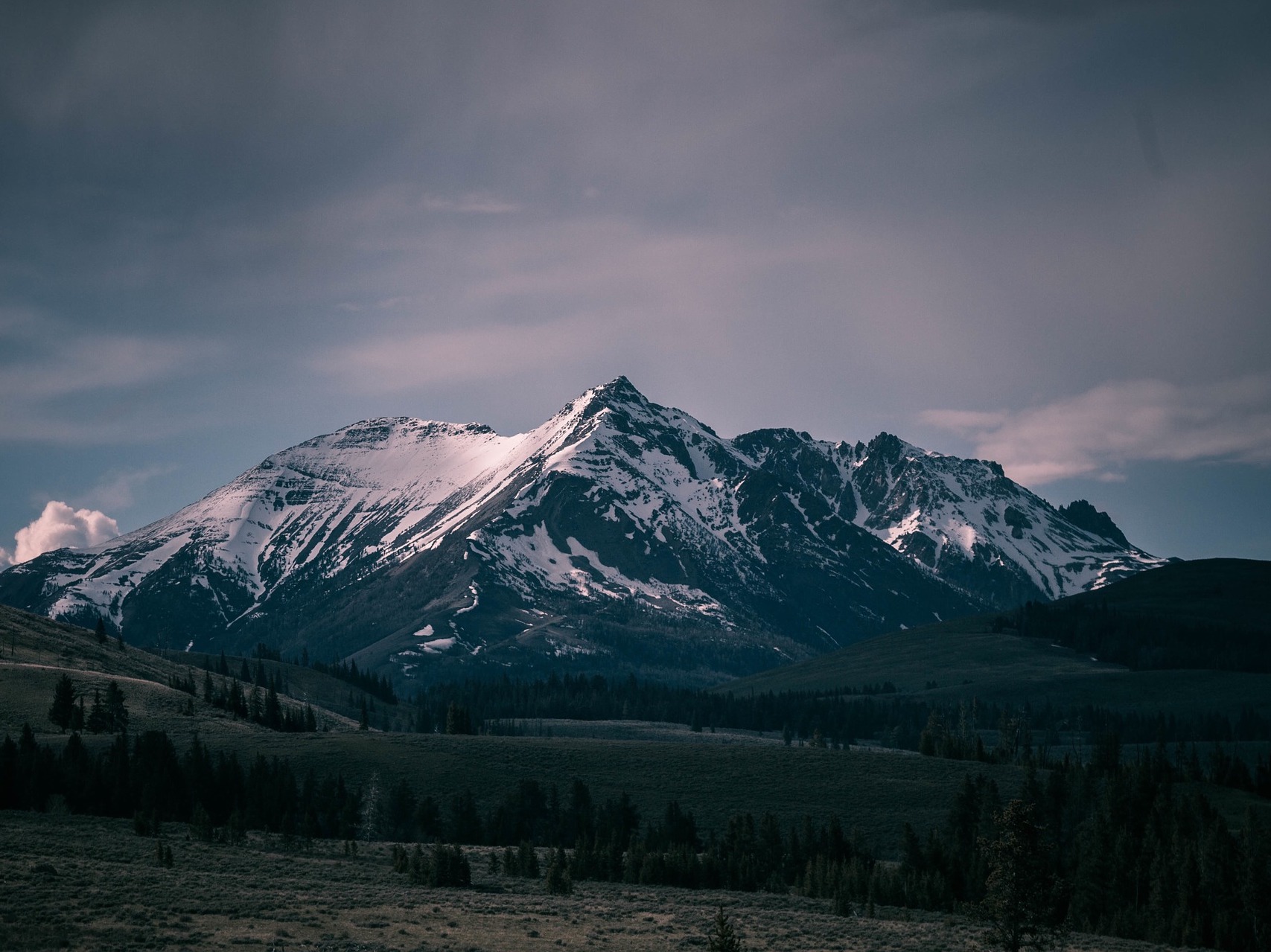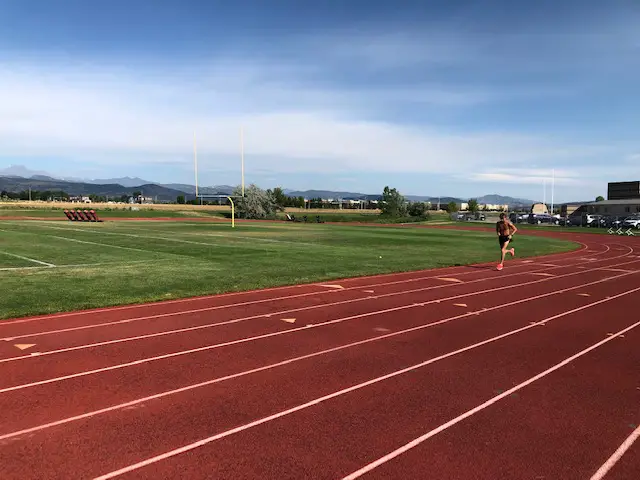I decided to do some high altitude training this summer. No, I’m not talking about the stupid G.I. Joe-looking masks you see people wearing at the gym that doesn’t actually do anything (sorry if I’m the one breaking it to you). I’m talking about real altitude training, as in I lived and worked out at over 5,000 feet above sea level, some days even reaching 9,000 feet.
I am a distance runner on the University of Pennsylvania’s men’s Division 1 cross-country and track and field team. This will be my third year on the team at Penn, and I think it is going to be a big one for us. We’ve got a talented group and have had some outstanding individual performances but have been unable to put together a team conference title or a bid to the NCAA cross-country championship. There is no doubt in my mind that we have the ability to do so if we put in the work this summer and, in the spring, everyone seemed super motivated to do just that.
So, as a way to help us prepare for the upcoming cross-country season, three of my teammates and I moved out to Boulder, Colorado to train at an elevation of 5,400 feet this summer.
Altitude training is essentially working out (in my case running) at elevations much higher than sea level, ideally 5,000 feet to 8,000 feet. The air is thinner at higher altitudes, meaning you are taking in less oxygen per breath, which makes it harder to work out and perform at the same level as you would below 5,000 feet. This, in turn, forces your body to produce more red blood cells to more effectively carry oxygen to your muscles and gives you an advantage when back at lower altitudes because you can carry more oxygen throughout your body.
(If you want to hear more about the exact science and learn words like erythropoietin or hemoglobin, check out this website.)
In layman’s terms, what we did was do the same running and training we normally would have done, but did it at an elevation where the air was thinner, in the hopes that our bodies can perform better and recover quicker once we go down to sea level.
The boys and I got to Boulder at the beginning of June. I started running the second day after I arrived. The first week was just easy miles, trying to get used to running out there and establishing an aerobic base. After that, we incorporated workouts twice a week on Tuesdays and Fridays and long runs on Sunday (runs 13 miles and up).
I started off at about 60 miles a week and added 5 miles every three weeks over the course of two months, getting up to 75 miles my last week in Boulder. Here is what I noticed about my training as I wonder if it was worth it.
Distance runs
The first week was tough, I’m not going to lie.
I wasn’t struggling to finish runs or anything like that, but I felt more winded just doing simple distance runs (runs of about 5 to 10 miles at a conversational pace). I didn’t really start to feel adjusted until the end of the second week, although I probably was not fully acclimated until a month in — about how long most studies and articles say it takes.
After that, I was able to put in a solid distance run effort without feeling too winded, although my paces were naturally a little slower than back home. Breathing still felt a bit tougher, but nothing drastic. As for my legs, they didn’t feel too much of a difference, but the hills took much more out of them than usual.
Tempo Workouts
On Tuesdays we did tempo workouts, runs designed to help build aerobically without taking a toll on your legs. It should be a hard effort, but one you can hold for a while and is by no means all out. While there is an ideal pace for these — about 25 to 30 seconds slower than your current 5k pace — it is more about effort, so how fast you go depends on a number of factors from weather, surface and, of course, altitude.
Since we were at a higher altitude, our pace for these workouts was slower than we would have done at sea level, but aerobically it felt the same as it usually does.
Track Workouts
Fridays were for track workouts, which are shorter intervals (200m or 400m) at race pace (a mile or 5k pace) with a one minute rest in between each rep. Running high speed and shorter distances aren’t affected as much by altitude, so we were able to run the times per rep we normally would have at sea level. The rest period was where I felt the effects of the thinner air as I didn’t feel fully recovered between each interval, which I believe was due to not getting as much oxygen to my muscles as I would at lower elevations.
Long Runs
Doing long runs in Boulder felt pretty similar to distance runs. Doing long runs on Magnolia Road in Nederland, Colorado, however, was a different story. We did several long runs on Magnolia Road, which is a pretty famous spot in the running world, one reason being how insanely tough it is. Located at over 8,000 feet above sea level, the air is exponentially thinner than where we were living at 5,400 feet. The jump from sea level to 5,000 feet is the same as the jump from 5,000 ft to 7,000 feet.

That alone made me feel like I was sucking wind the whole run. If that weren’t enough, it was also one of the hillier runs I have ever done, with 1,448 feet gained in elevation over the course of my 15-mile run. I could actually feel the lactic acid building up in my legs each incline. It’s safe to say I have never wanted a run to end more than I did at Magnolia Road. But I will admit, the scenery was fantastic — it was just hard to enjoy while feeling like I was going to die the whole time.
Back to Sea Level
After two months in Boulder, Colorado, I flew home to upstate New York where I live at a whopping elevation of 328 feet above sea level. Some people expect after going down to lower elevations to feel like Superman, but for me, that hasn’t been the case. I have noticed some effects though the past week of training at sea level, however.
On distance runs, I definitely feel better aerobically, but I find going faster on them at home causes my legs to get pretty tired. I think it’s just a matter of getting them adjusted to running the faster paces I couldn’t do in Boulder. My workouts have been a bit faster, but nothing extreme. The biggest thing I noticed was it took me less time to warm up into my goal pace for tempo runs and track workouts. So, I got down to the same paces as I did in Boulder, but spent more time there, hopefully helping me develop more at sea level.
But I wouldn’t say I have felt amazing or unstoppable or anything like that since coming back. This doesn’t necessarily mean altitude training hasn’t worked for me. The benefits gained from running at higher elevations are pretty marginal. It isn’t supposed to be this huge difference; athletes do it to get one or two percent better. Seems pretty small, I know, but when competing at a D1 level, you’re looking for every advantage you can get, no matter how slight.
So, was it worth spending the summer training at altitude? Honesty, I don’t know. Because that won’t be determined by what I run over the next week or even month, but by how well my teammates and I do over the course of this upcoming cross-country season.
But if you check back with me in November, I might be able to give you a better answer.

















